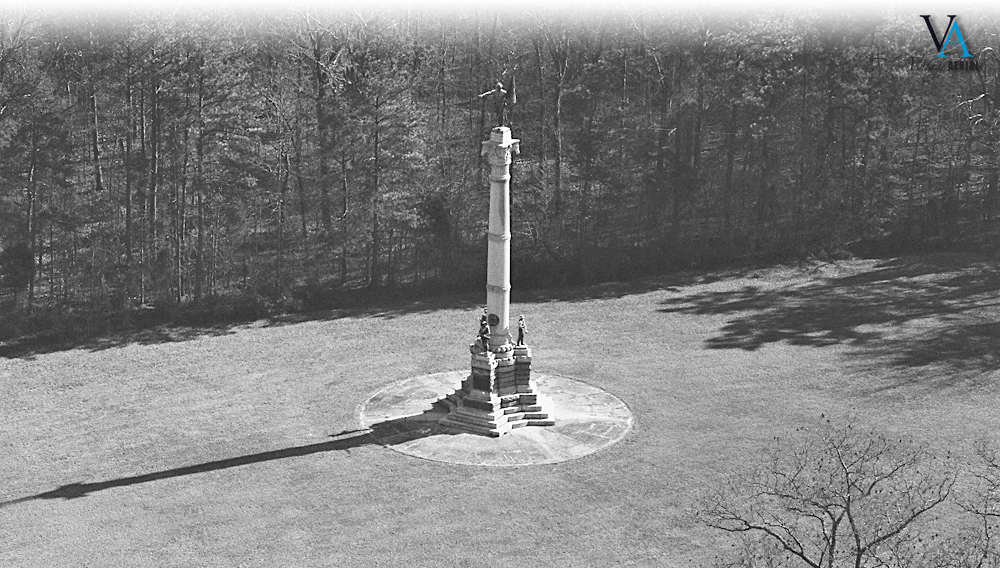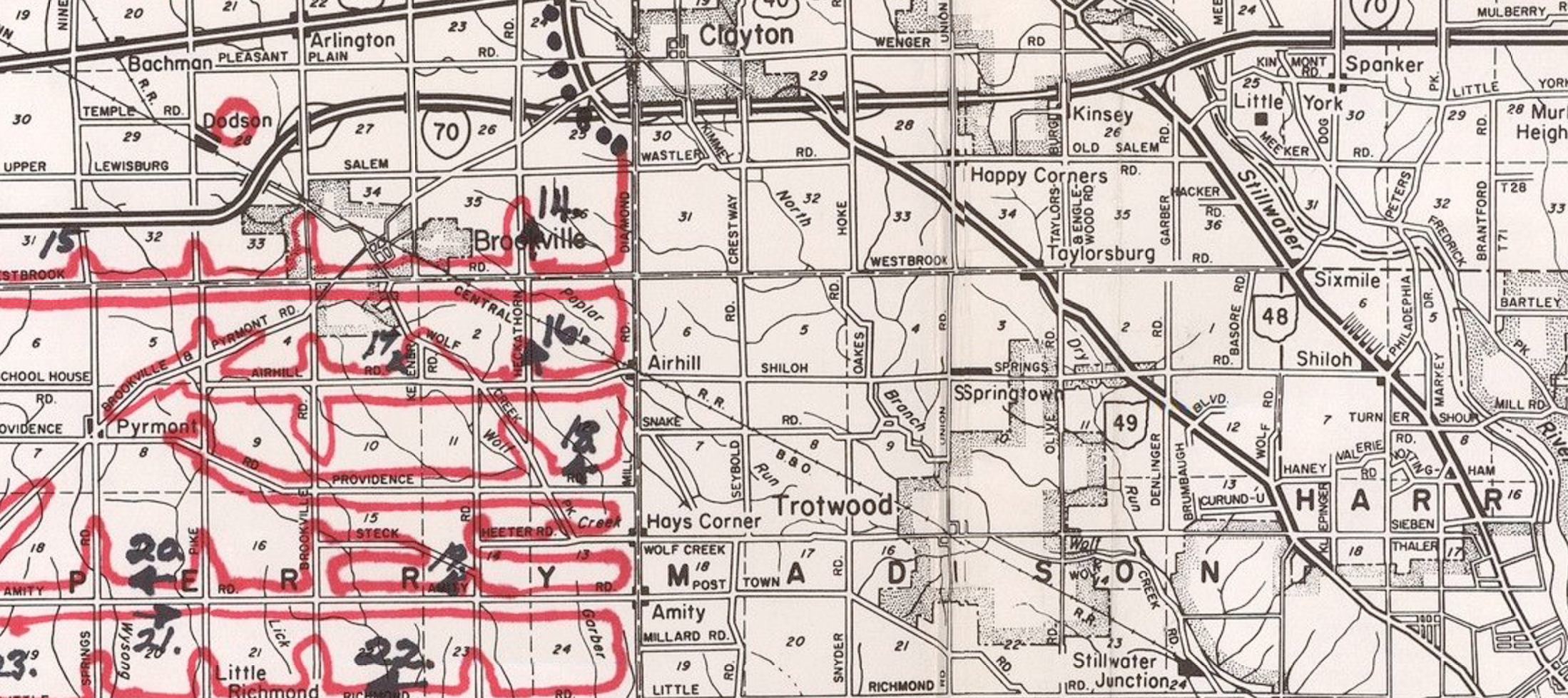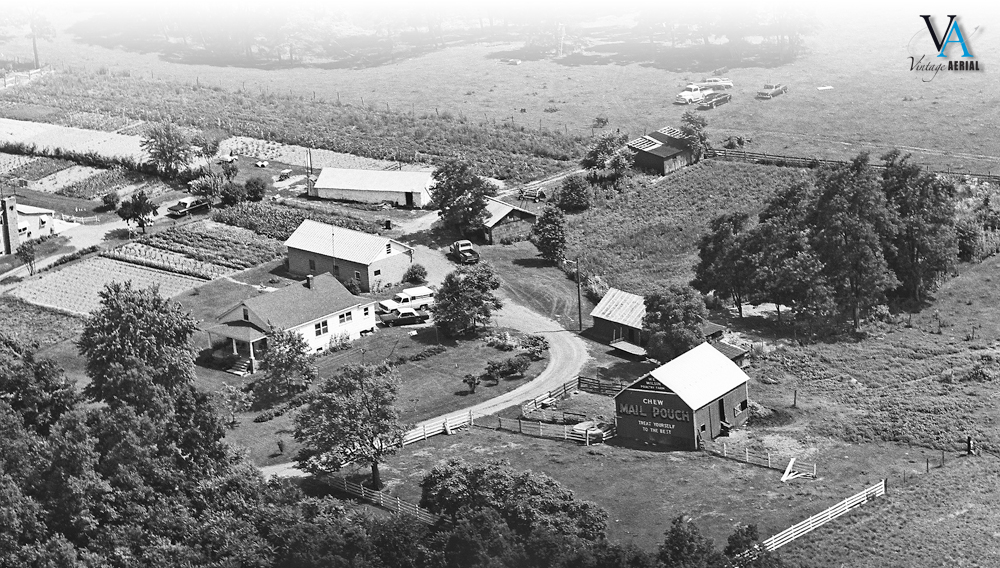
Today, we are excited to announce that more than 280,000 aerial photos of New England are now available to search and view online. The explorer John Smith gave New England its name. New England’s geography is very diverse. The region is bounded to the north by Canada, to the east by the Atlantic Ocean, to the south by Long Island Sound, and to the west by the state of New York. New England’s wildlife ranges from whales and dolphins to thousands of species of birds and wild moose.
New England’s history and culture has been shaped over hundreds of years by immigrants from Europe. The region was one of the earliest English settlements in the “New World” following the arrival of the Pilgrims, who set sail from England aboard the Mayflower in 1620 in search of religious freedom. By the late 18th century, the British colonies of New England were some of the first to demonstrate for independence from the British Crown; one of the most notable demonstrations was the Boston Tea Party of 1773. The American Revolutionary war broke out shortly after in 1775 and the Declaration of Independence was signed and adopted by the Continental Congress on July 4, 1776.
New England has close to 15 million people, the three southern states of Connecticut, Rhode Island and Massachusetts are more densely populated than the northern states, with the most populated urban areas being situated along the eastern coastline. The people of New England are known for their warm hospitality, friendly manner and down-to-earth approach to life. New Englanders love their food and take full advantage of the regional produce. There’s nothing like apple cider during the fall, pancakes with real maple syrup, a clambake on the beach or some Yankee pot roast on a cold night. Then there are the clams, the vital ingredient for New England’s very own clam chowder. There are also a number of microbreweries, distilleries and vineyards to be explored throughout the region.
Farming has been a part of New England’s landscape and history for centuries. Due to population growth, development and urban sprawl, the amount of land left producing food in New England is only 4 million acres, about 5%. Farming still has an enduring and important presence in the six-state region, from the dairy farms and maple sugarhouses of Vermont to the cranberry bogs of Massachusetts and blueberry fields of Maine. 30 percent of New England farmers are 65 and older and with the younger generation moving into larger cities the threat of the farming industry shrinking even further is very real. Farming currently produces 3 billion dollars per year.
We invite you to come and take a look at these homes and farms in our collection of more than 280,000 aerial photos of this great region. Home is the place where you became you. Find your way back!
To search select one of the New England States below:





